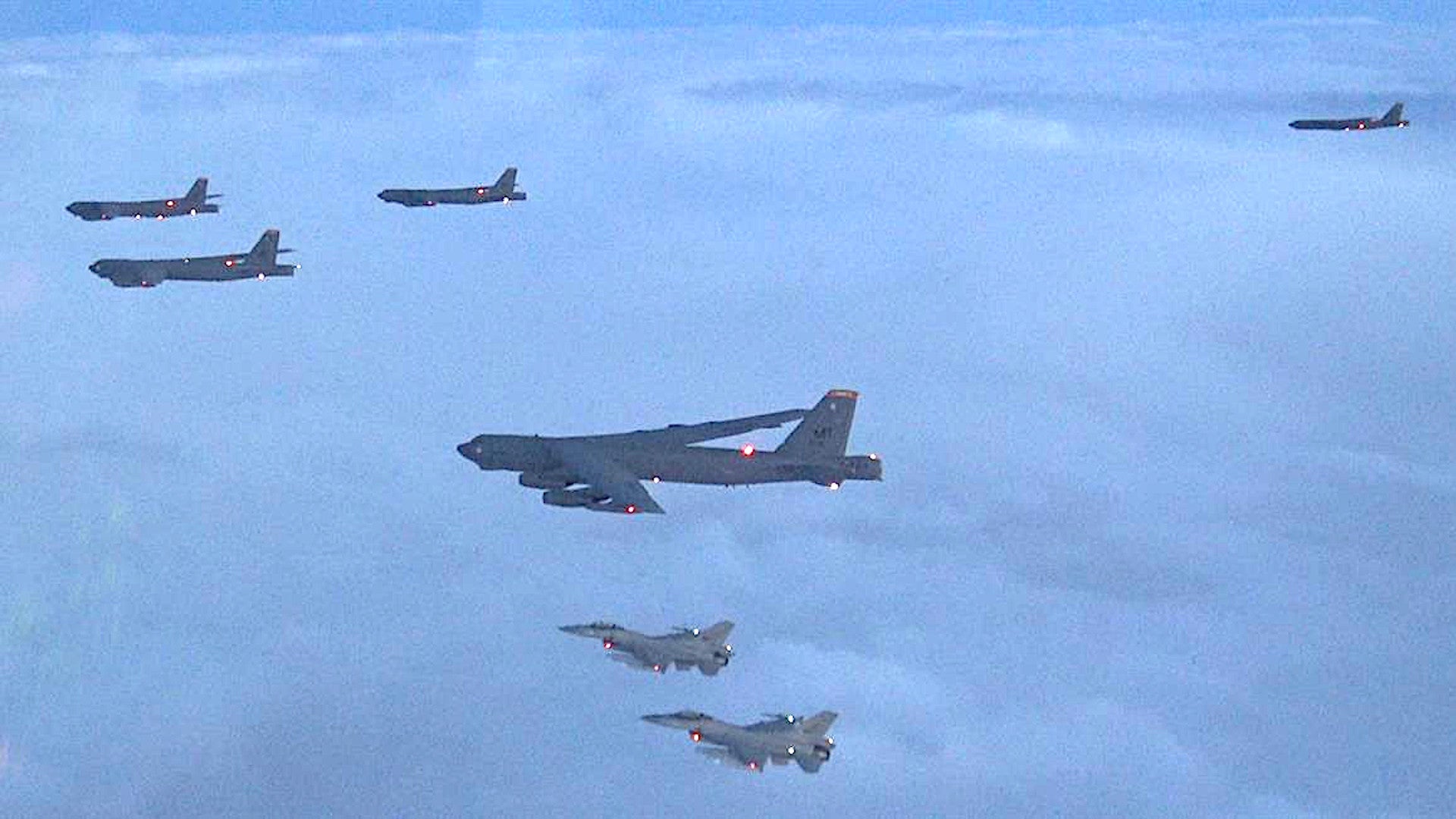While increased U.S. Air Force heavy bomber operations in the Pacific region have drawn significant attention in recent months, the service has also been stepping up similar activities in Europe. An impressive group of six B-52H Stratofortress bombers, which are now on a short-term deployment in the United Kingdom, recently flew together with Norwegian F-35A Joint Strike Fighters and F-16AM Viper fighter jets. The arrival of the bombers, all of which appear to be nuclear-capable, looks to have been meant, at least in part, to be a signal aimed at Russia.
The Royal Norwegian Air Force, or Luftforsvaret, released pictures and video of the armada of aircraft in flight on Aug. 24, 2020, but did not say when or where the event had actually taken place. None of the imagery showed the F-35s that reportedly took part in the training missions, either. A similarly large exercise involving five B-52Hs and Norwegian F-16AMs last year took place over the Norwegian Sea.
“I am happy that our American friends choose to practice and train in our local areas,” Norwegian Army Major General Eirik Kristoffersen, the country’s present Chief of Defense, its top uniformed officer, said in a statement. “It is important that they know Norwegian conditions and can operate with us if necessary.”
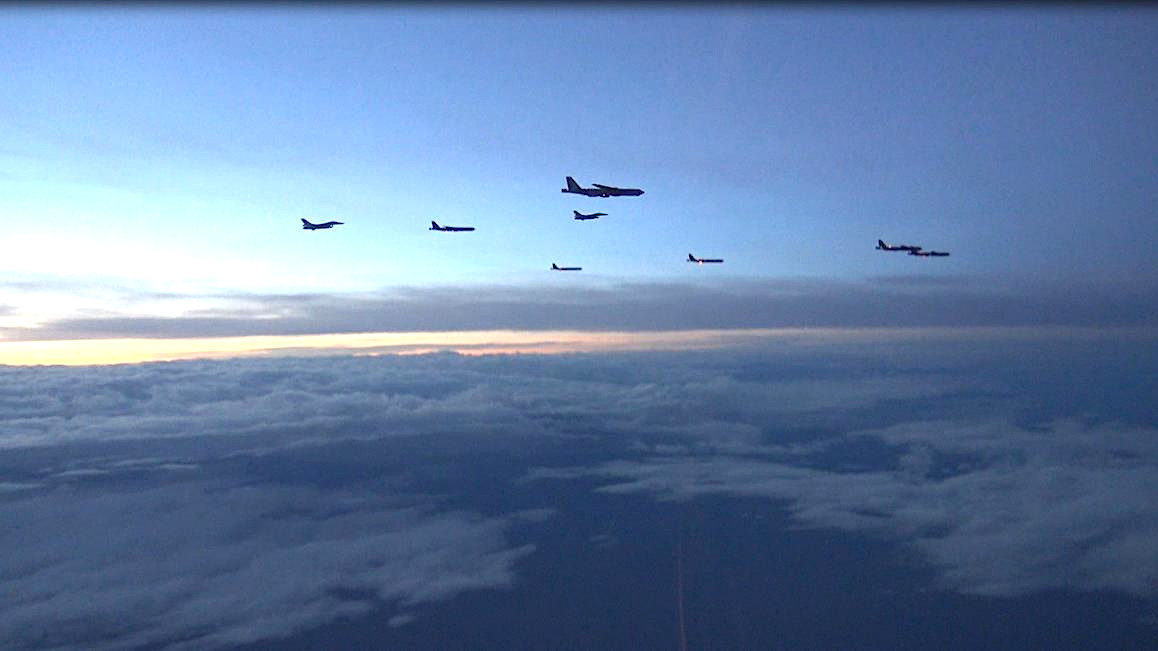
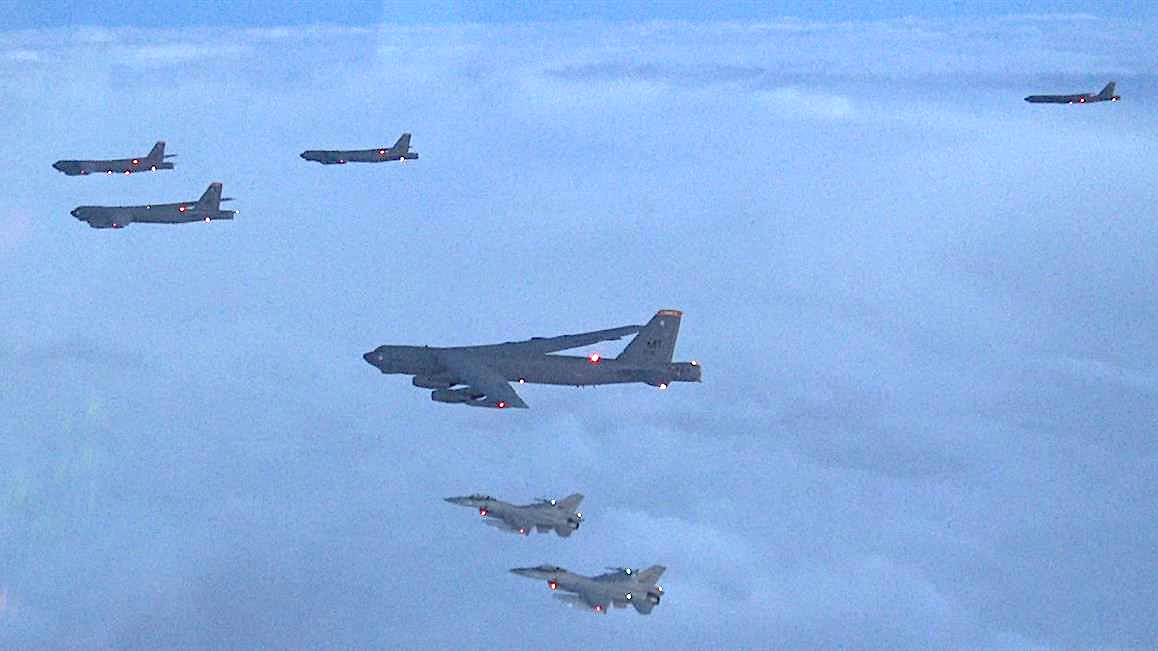
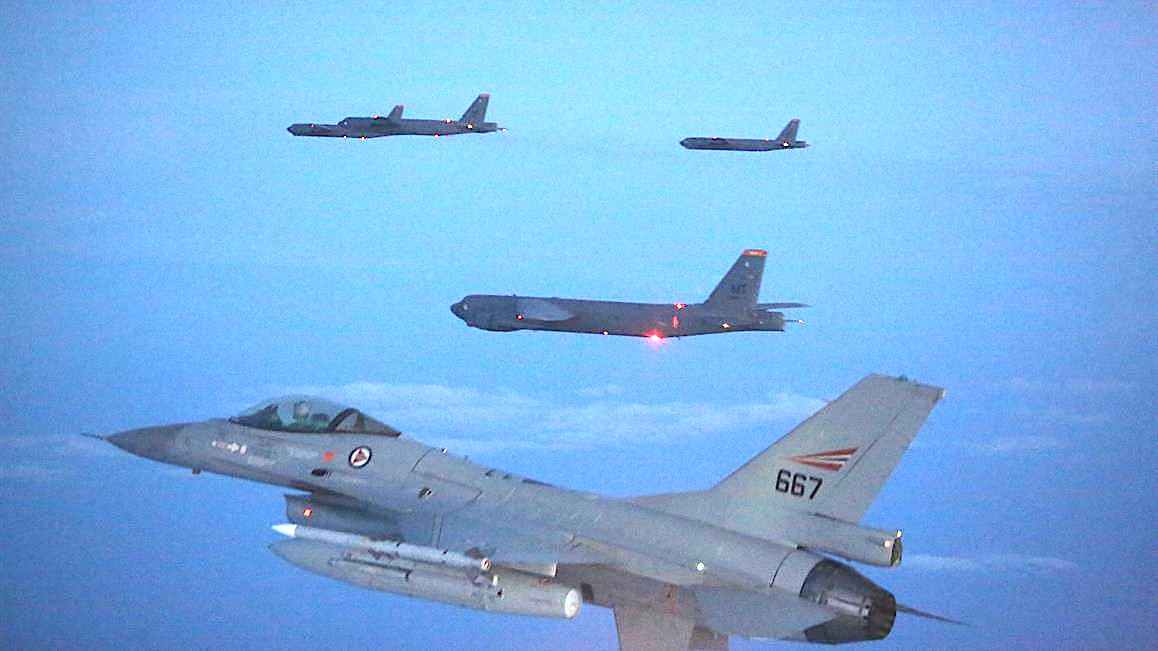
It’s possible that the pictures and video clips we have so far actually show Norwegian fighters escorting the bombers on their way to RAF Fairford in the United Kingdom on Aug. 21-22. The bombers took a polar route that saw them fly over Canada and Greenland, before they turned south and flew down through the Norwegian Sea and the North Sea. Fairford is a common location for short-duration U.S. bomber deployments in Europe and has alert pads and other facilities able to support the large aircraft.
“This deployment is a strong sign of the United States’ enduring commitment to NATO and to European security,” NATO Spokesperson Oana Lungescu said in a statement after the B-52Hs touched down in the United Kingdom. “U.S. aircraft will be flying alongside Allied air forces in the coming days, honing our ability to work together in response to any challenge. NATO is a defensive alliance, and for more than seventy years our nations have stood together to deter aggression, prevent conflict, and preserve peace.”
While, as noted, Air Force bomber deployments and long-range sorties to Europe are increasingly common, this latest group of B-52Hs also appears to have been meant to send a message aimed primarily at Russia. Experts and observers noted that all six of the bombers in this deployment appear to be nuclear-capable (some of the B-52Hs are not), which is unusual for these types of deployments.
The polar flight path could reflect a nuclear strike mission profile against targets in Russia using AGM-86B Air-Launched Cruise Missiles (ALCM). All six aircraft, together, would have been capable of carrying 120 AGM-86Bs, Hans Kristensen, who is Director of the Nuclear Information Project at the Federation of American Scientists, pointed out on Twitter.
It wouldn’t be the first time in recent months that the Air Force has used B-52s, as well as other bombers, to make pointed statements toward the Kremlin. In June, two Stratofortresses flew into the Sea of Okhotsk, a body of water with Russian territory on three sides that lets out in the Pacific Ocean. That month, B-1 bombers, which are only capable of carrying conventional missions, practiced anti-ship operations in the Black Sea in Europe, where the only realistic adversary is Russia’s Black Sea Fleet.
This latest deployment of bombers to RAF Fairford also comes at a time when the U.S. and Russian governments are locked in tense negotiations over the future of the New Strategic Arms Reduction Treaty (New START), which limits the numbers nuclear warheads and various strategic delivery platforms each country can have deployed and in storage. This deal is due to sunset next year if the two sides cannot agree on the terms for an extension out to 2026.
The ongoing discussions have focused in no small part over getting Moscow to agree to make a number of novel nuclear delivery platforms, including a nuclear-powered cruise missile and a nuclear-powered long-range torpedo, subject to the treaty. Washington also has a desire to expand the agreement into a trilateral arrangement that includes China. Beijing has, so far, consistently rebuffed calls to join the deal.
If New START doesn’t get extended, it would allow the U.S. Air Force to pursue a much larger strategic bomber fleet. This is something the service has already expressed interested in doing as it moves ever closer to fielding the new B-21 Raider stealth bomber.
With all this in mind, it will be very interesting to see what other types of training missions the six B-52Hs now deployed to RAF Fairford will take part in over the course of the rest of their deployment to the region.
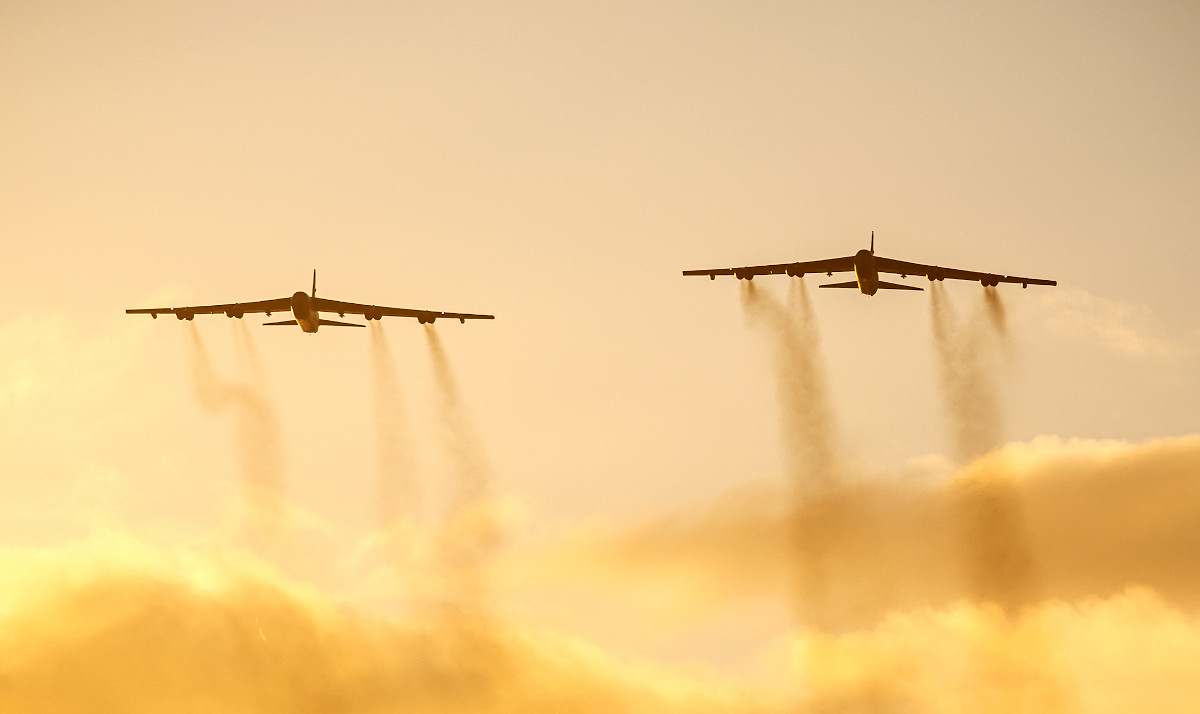
Contact the author: joe@thedrive.com
